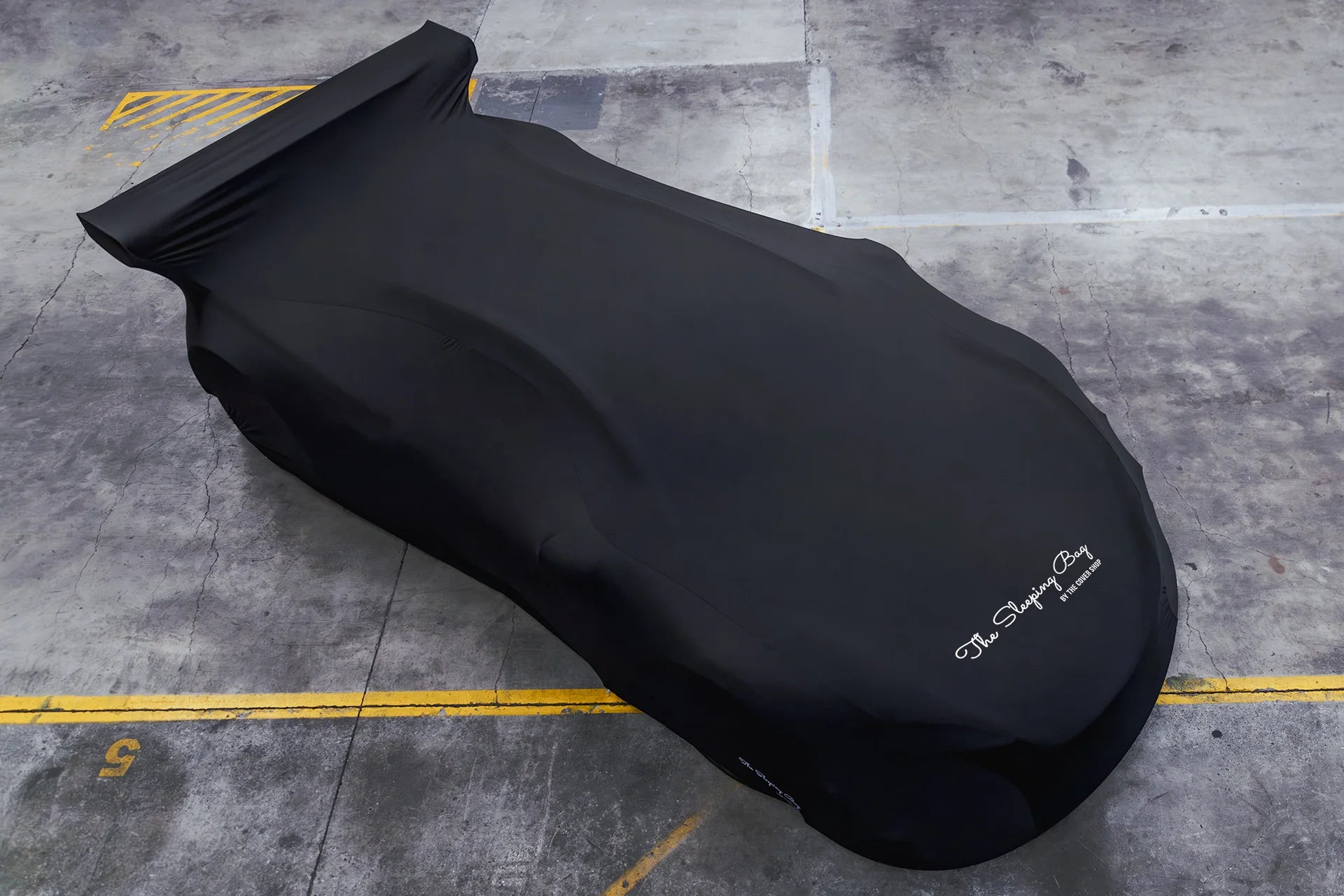
Fitting Your Car Cover: Avoiding Common Mistakes for a Perfect Fit
Fitting car covers help protect your prized vehicles from the elements and accidental damage. But if you don’t know what you’re doing, these accessories can actually work against you.
Fortunately, this post offers some sage advice. It details some common mistakes you’ll want to avoid to ensure your car cover fits perfectly. Here’s what you need to know:
Don’t Choose A One-Size-Fits-All Option
Choosing a one-size-fits-all cover for your sofa is okay, but slapping one on your prize vehicle ain’t smart. It can pull and stretch on some parts of the vehicle while being too loose on others.
Worse still, if you cover your car with a one-size product and transport it on a trailer, you can cause even more damage. Loose fabric can slap against the vehicle chassis in the wind, leading to paint damage and scratches.
Don't Put Your Cover On When Your Car Is Wet
Another common mistake is putting on your cover when your car is wet. Nobody does this to their clothes when getting out of the shower, but many aren’t afraid to put their vehicles through this punishment.
As you know, wet cars tend to depreciate faster. Moisture and dampness provide the perfect breeding ground for mould and other opportunistic species to grow and divide. Over time, they can cause severe damage to the rubber or plastic areas of your vehicle’s chassis.
Wet cars are also more prone to corrosion. Water can’t evaporate, giving it more time to gnaw away at the chassis.
You should be particularly careful if you are covering a classic car. Water can damage these in hours, making it even more critical to keep your vehicle bone dry.
Never Put Your Car Cover On The Floor
Putting a car cover on the floor is another common mistake because the fabric picks up all sorts of nasties, like iron filings, grit, and dust. When these abrasive factors come into contact with the paintwork, they will scratch it off.
Therefore, we suggest placing your car cover in a clean environment. When removing it, wrap it up and store it in a secure cupboard or locker until you need it next. Better yet, put it in a protective bag and then stow it to prevent it from accumulating any dust while it waits around.
Don’t Use Indoor Covers Outdoors
You also see some people making the mistake of using indoor covers outdoors. While these covers might be cheaper, manufacturers don’t design them for use outside.
In general, outdoor car covers are lighter and more breathable. Brands make them this way to protect vehicles from the hazards they might face inside, such as scuffing and scratching while you move around.
By contrast, outdoor covers are much more robust. These protect against the usual indoor threats as well as the rain, sun and wind. Many also have UV protection and waterproofing.
Never Cover A Dirty Car
Another mistake is covering an already-dirty car and believing you are doing it a favour. While shrouding it might remove the eyesore, it will often lead to damage.
Note that dirt and debris have the same effect on vehicle condition, whether they are on your car or the cover. As mentioned above, it acts like sandpaper, slowly destroying the material around it.
Therefore, if you just took your vehicle down a crocodile-infested, mud soup-like track in the outback, wash it off before covering it. You’re not in a rush!
If you accidentally covered a dirty car, remove the cover as quickly as you can by peeling it back carefully. Lift the material from the chassis vertically by rolling it up instead of allowing it to slide over and cause abrasion.
Don’t Fold The Car Cover While Damp
Folding a damp car cover and storing it out of sight is another mistake vehicle owners sometimes make. As you might expect, this error is a recipe for rampant mould growth and bad smells.
The best policy is to prevent the cover from becoming wet in the first place by not putting it on a wet car. However, if it is already moist, dry it on a line before putting it away. Don’t leave it lying around anywhere. Mould colonies can form in as little as 24 to 48 hours.
Don’t Force Mirrors And Antennas

You also see some people making the mistake of forcing the mirrors and antennas on their vehicles to fit the car cover. Trying to shoehorn it puts these components at risk of damage.
Fortunately, you can get around this problem by getting car covers with designated pockets for the bits that stick out. Folding down the antenna and side mirrors can also help you fit the cover, making your life much easier.
Never Remove The Cover Abruptly
Removing the car cover abruptly is another common mistake that can cause issues, even if you think it’s perfectly clean. Ripping it off in one dramatic motion can damage external parts, like the badge, hood ornament, and body accessories.
Instead, take your time. You don’t have to whip it off like a magician revealing what’s beneath their cape. It's more like someone peeling stickers off a painted wall.
Don’t Be Cheap
Finally, don’t choose a cheap indoor car cover. These are often generic and don’t provide your vehicle with the protection it needs.
Premium covers are much better. These come with superior materials, and breathable fabrics that are softer and gentler on your paintwork. Top labels also offer improved moisture management and enhanced scratch and impact resistance to make the investment even more worthwhile.
